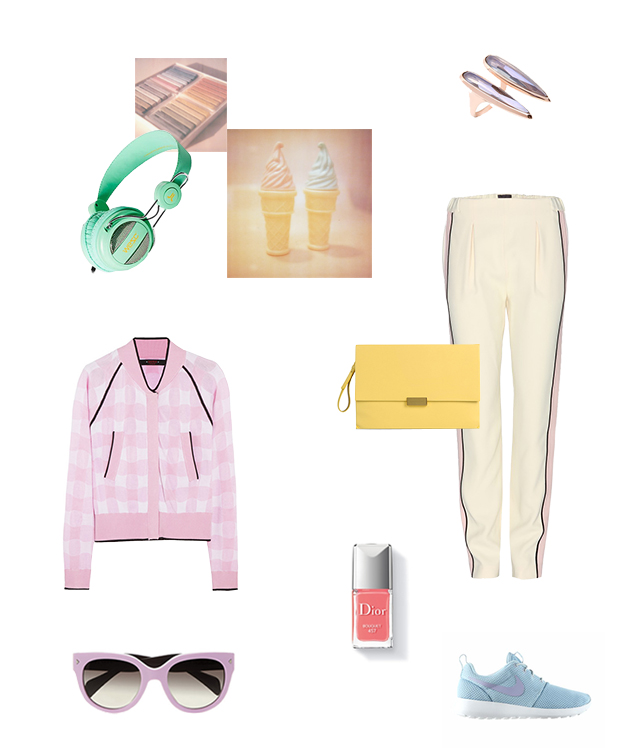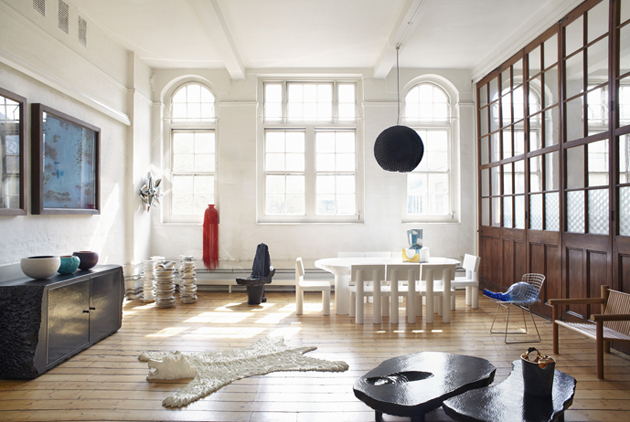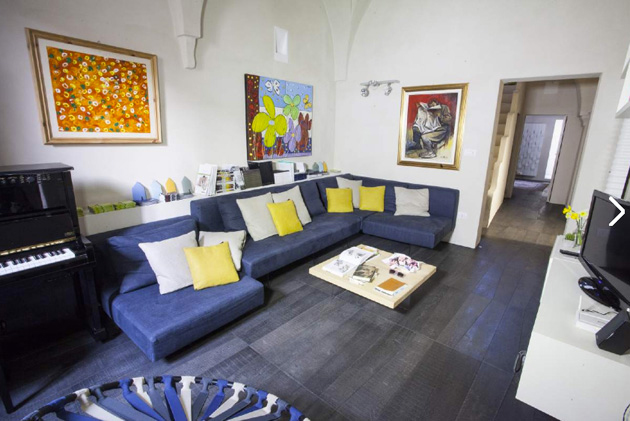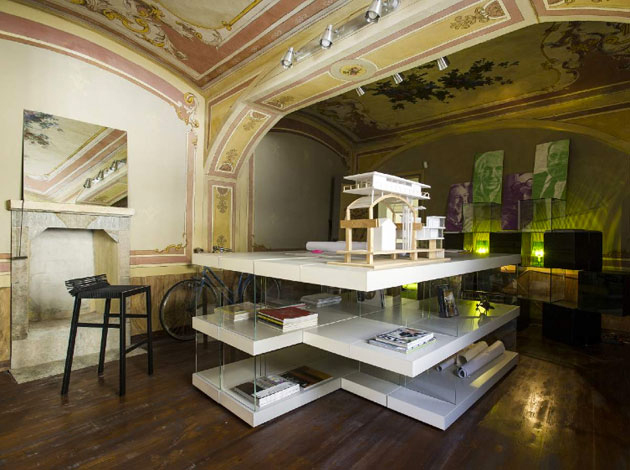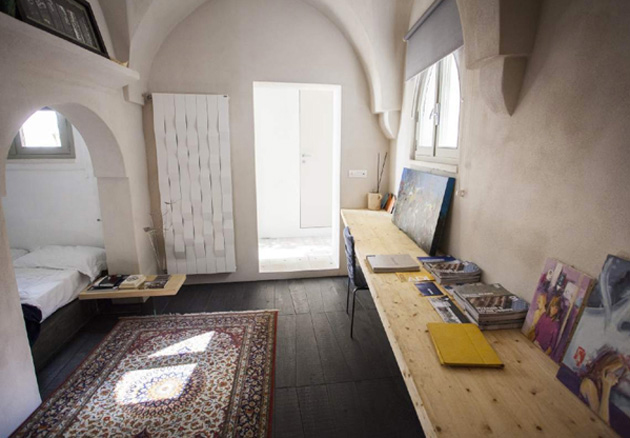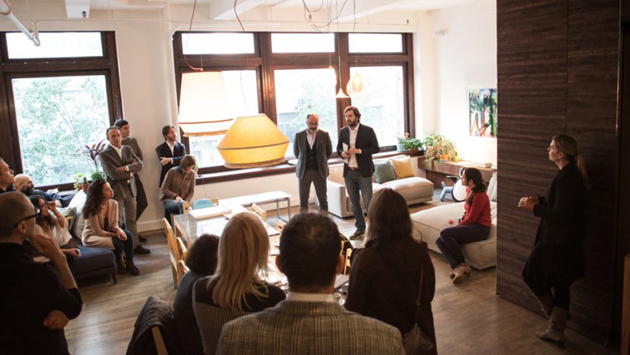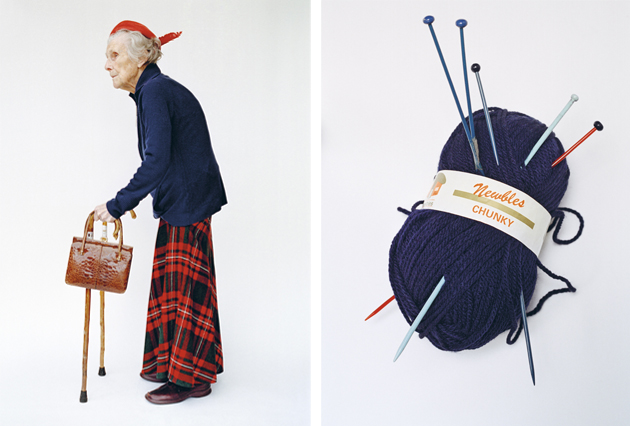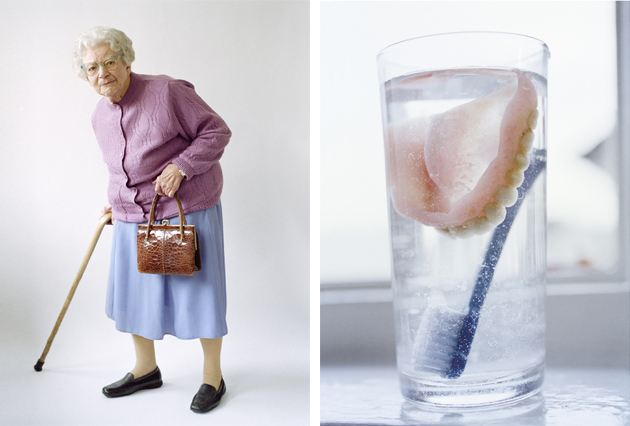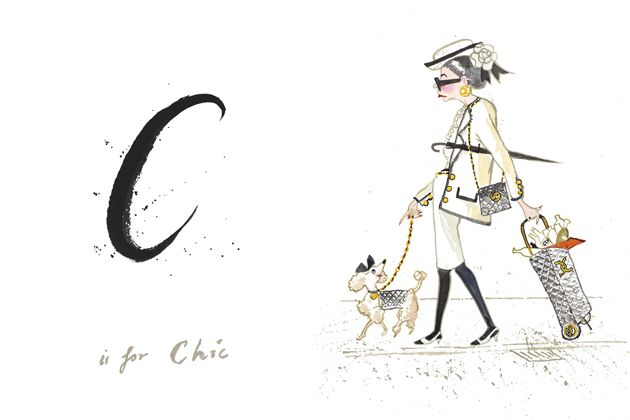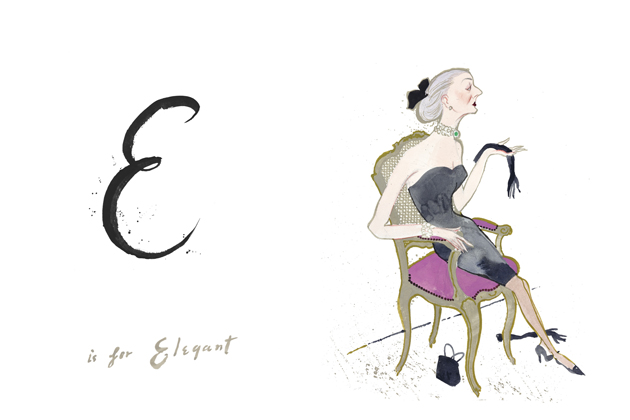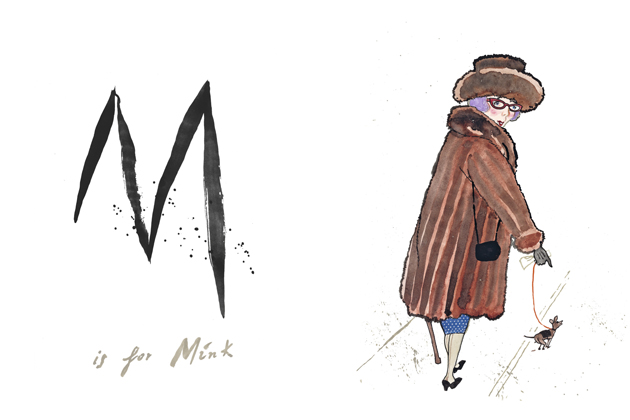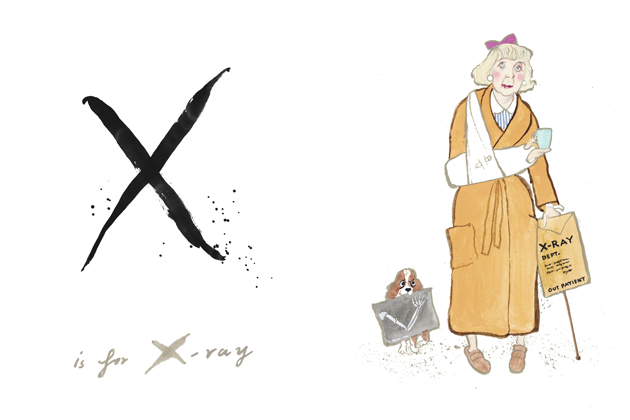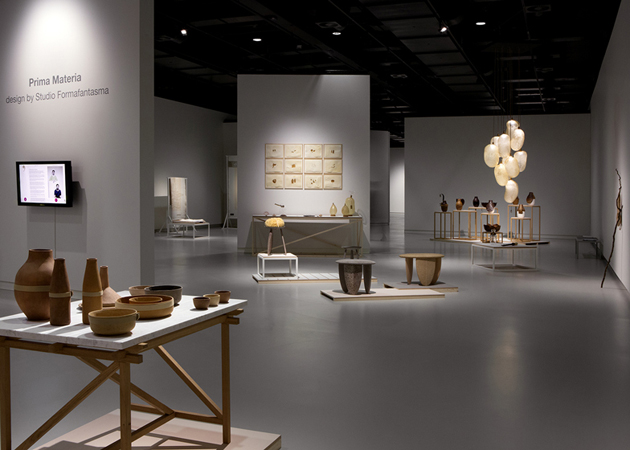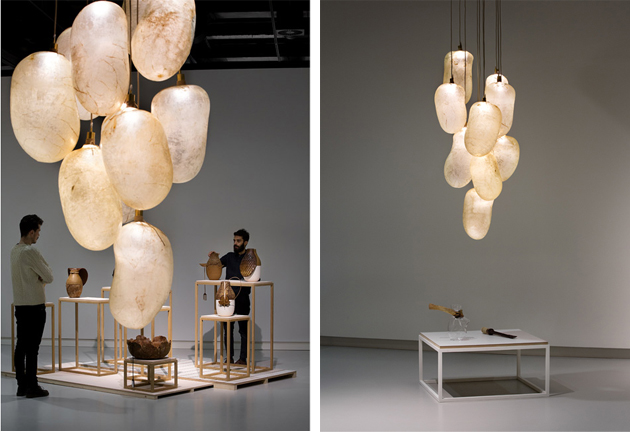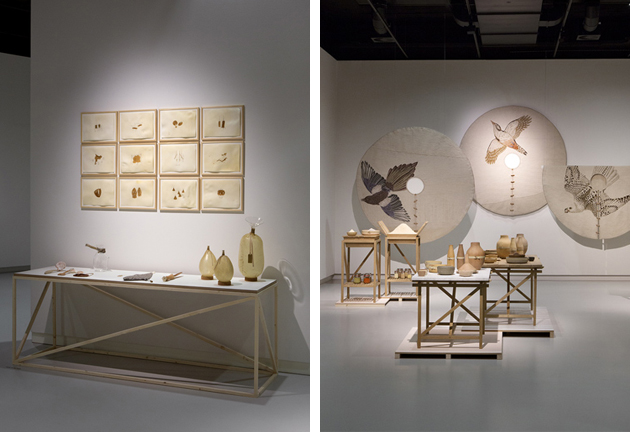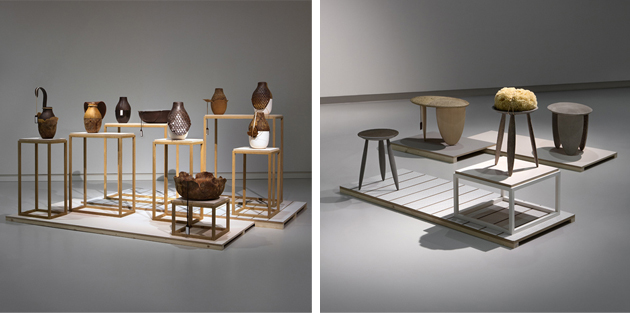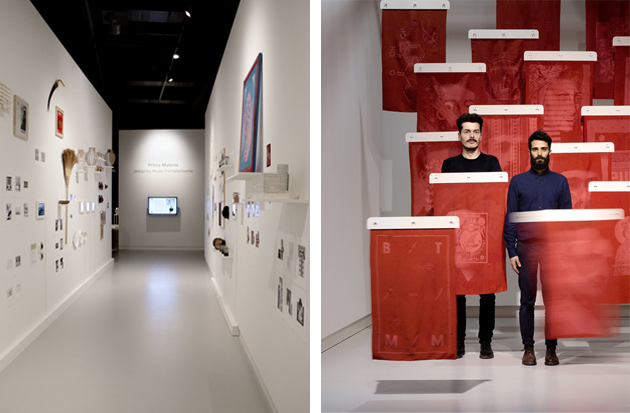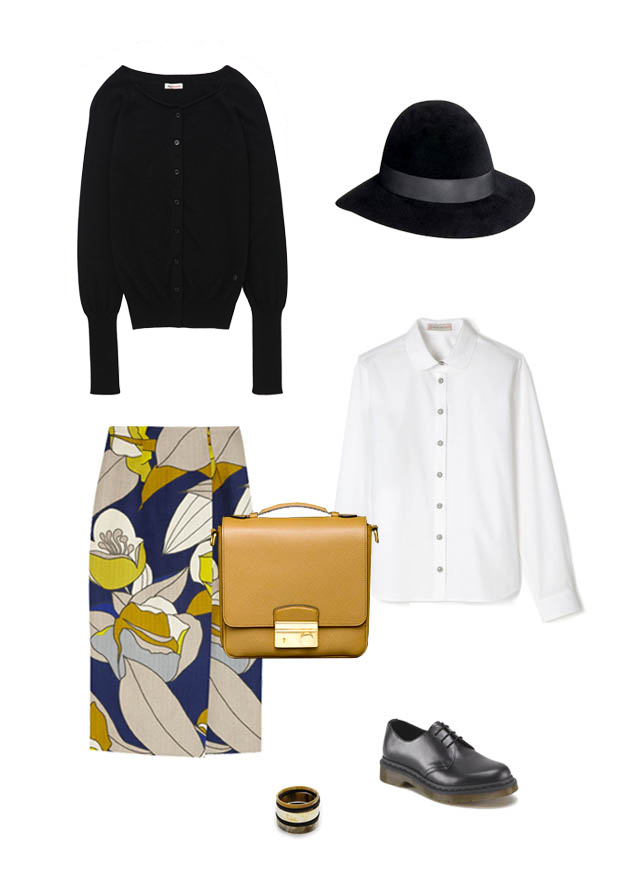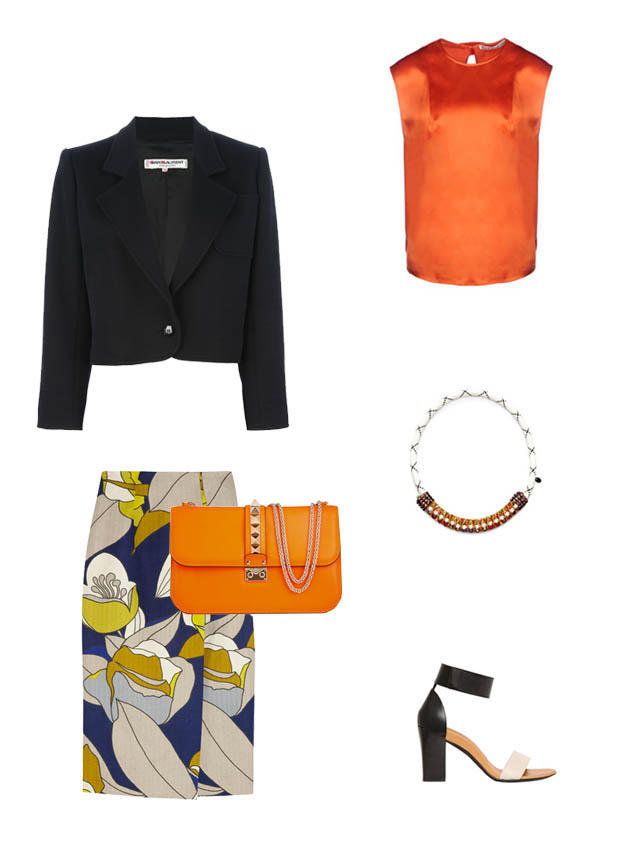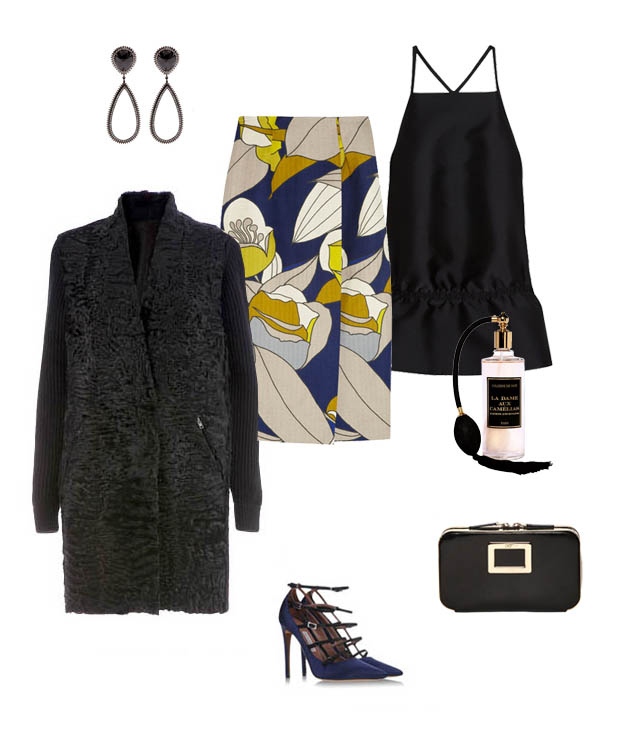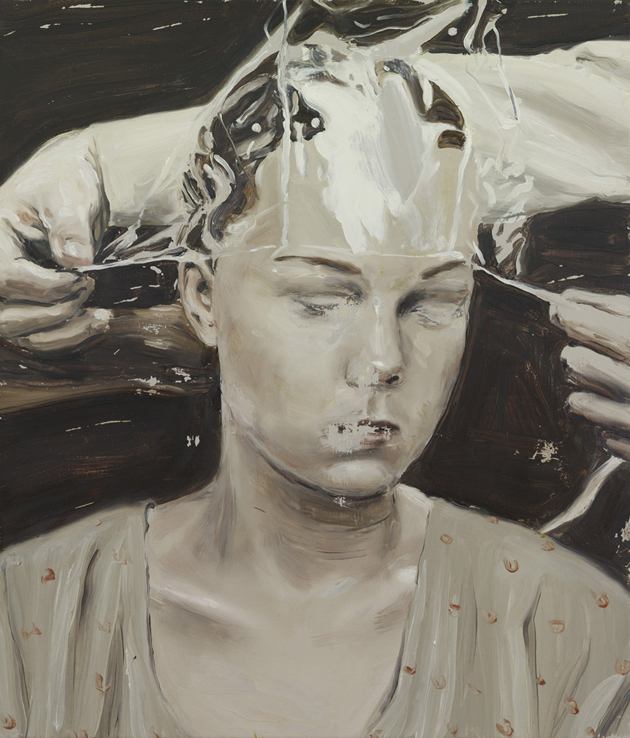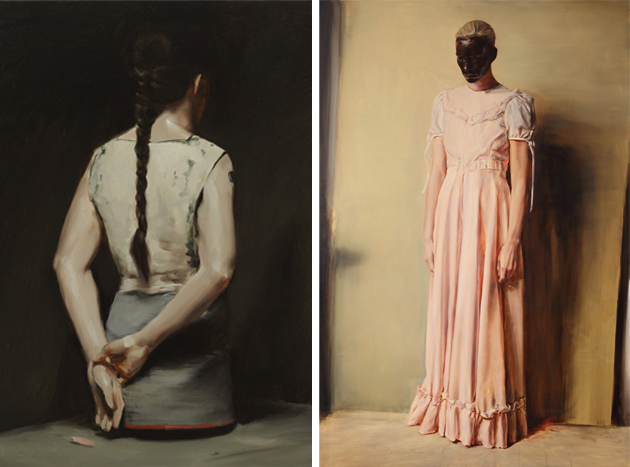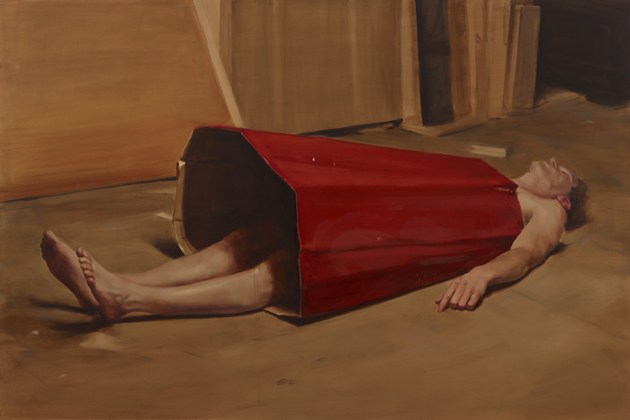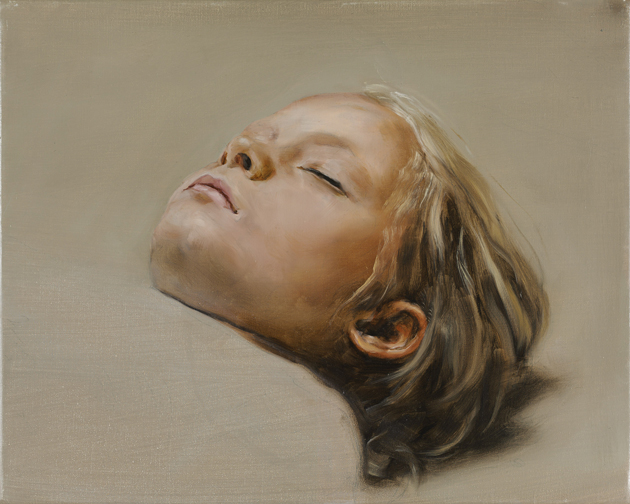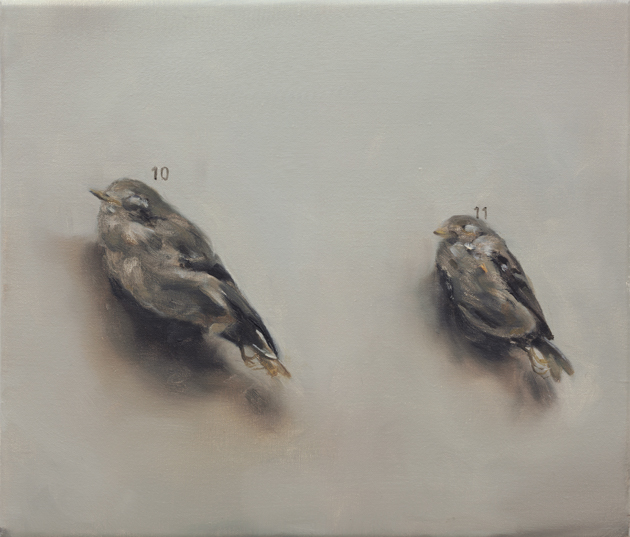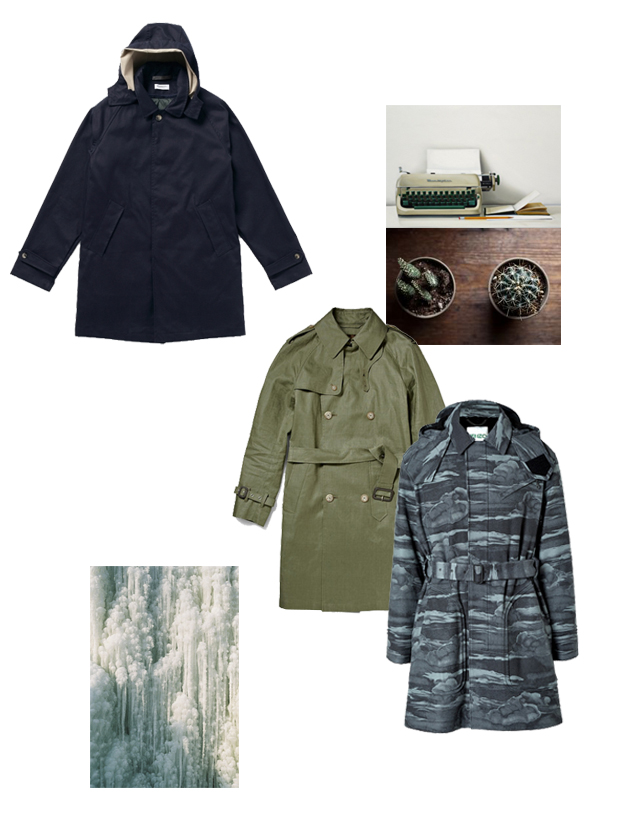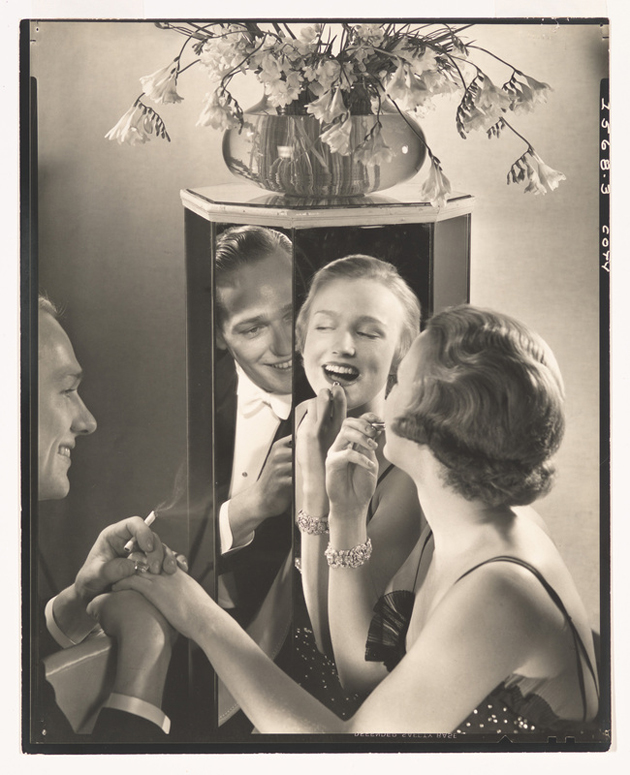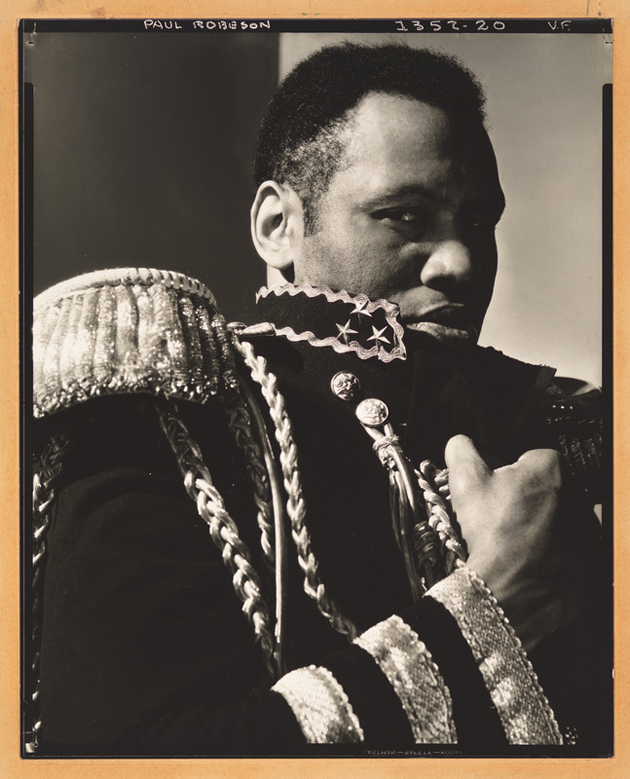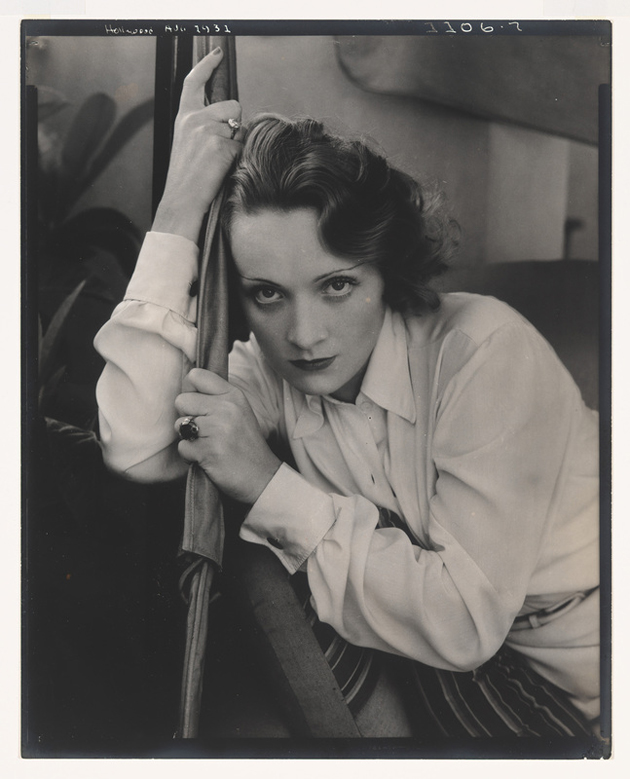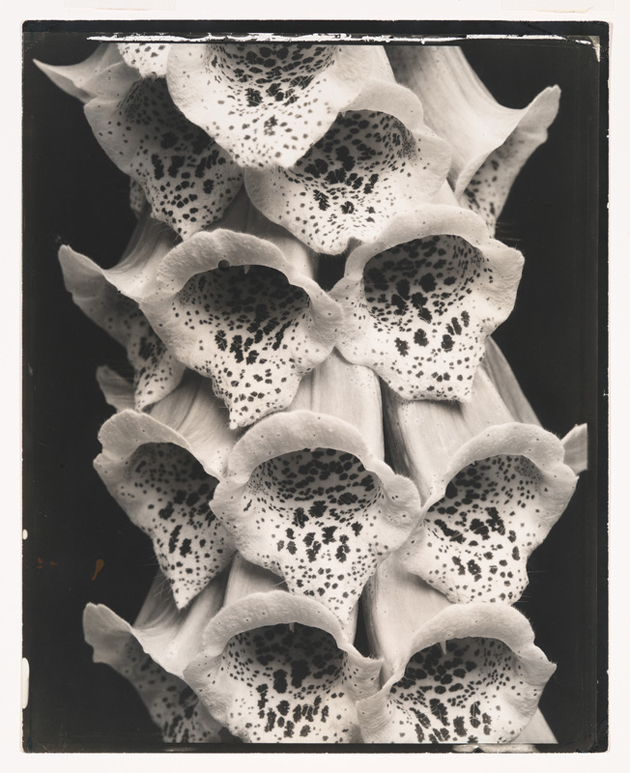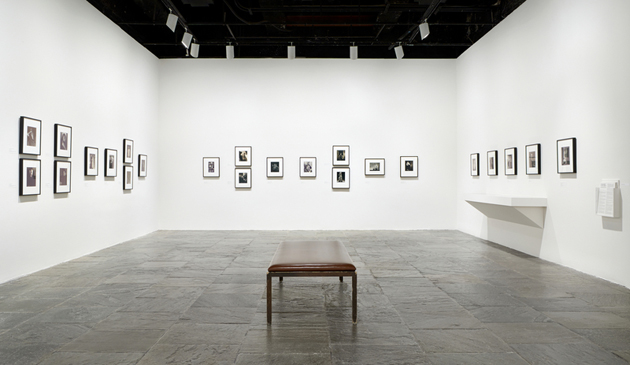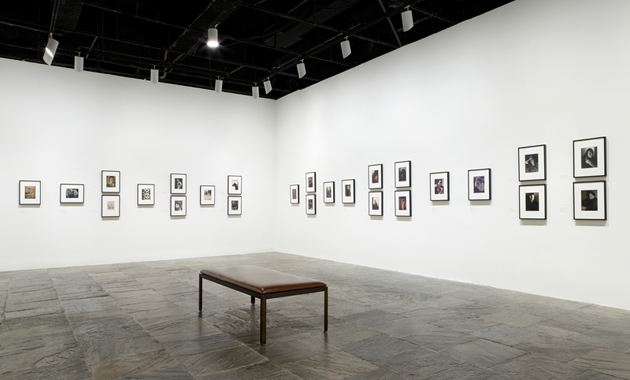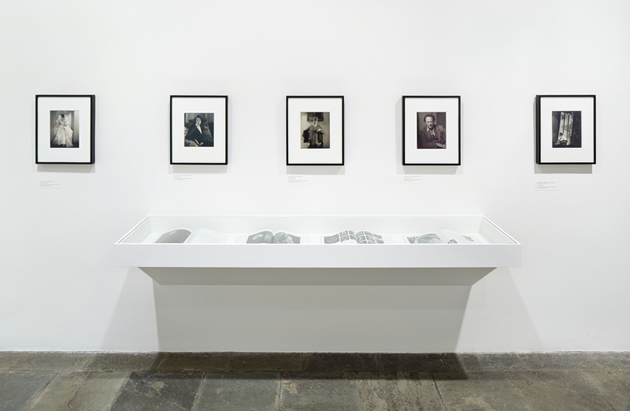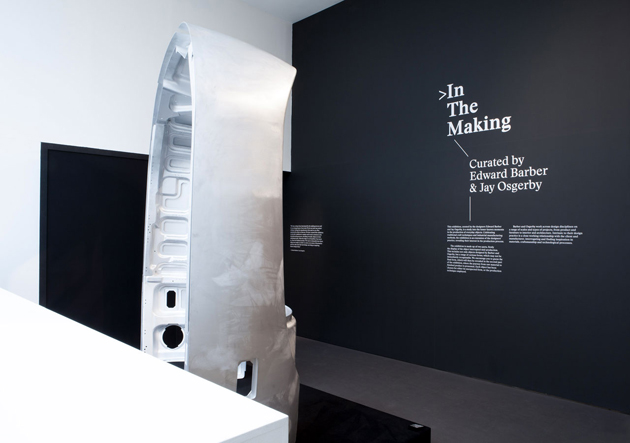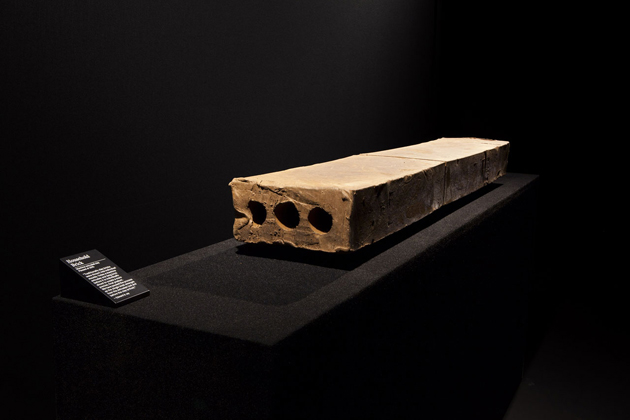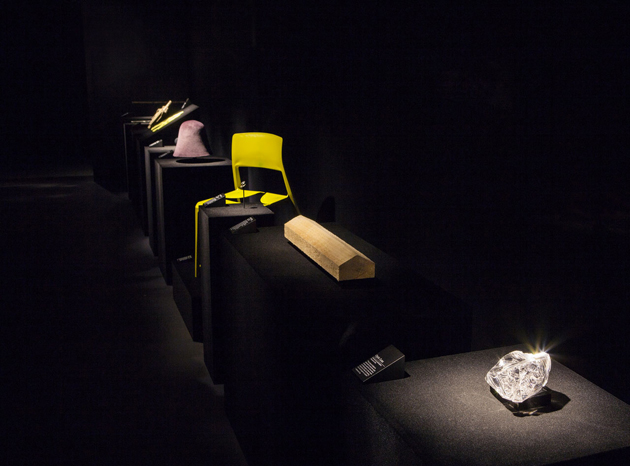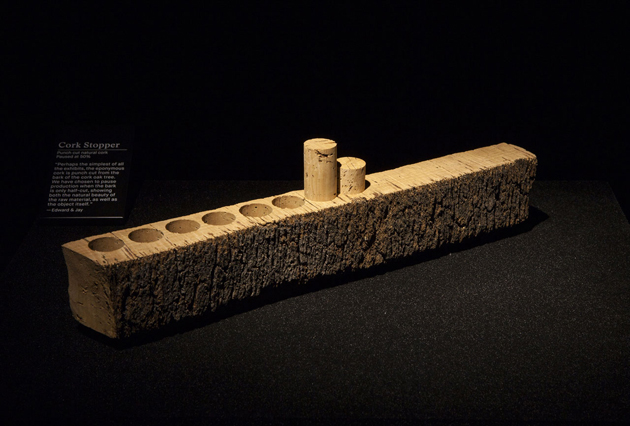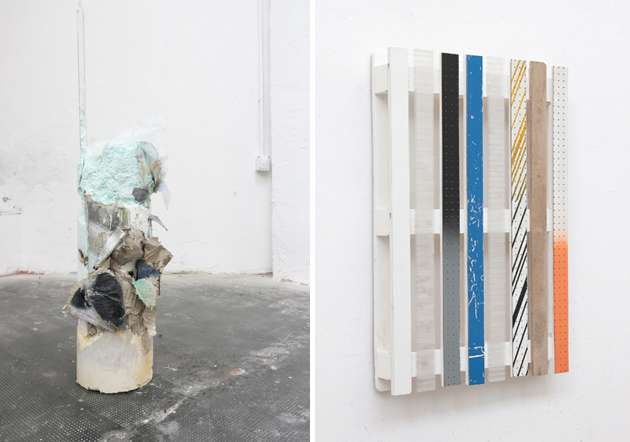
We met Tiziano Martini (b. 1983, Soltau, Germany) one of the most talented young Italian artists, who spoke with us about his roots and his latest work, while also discussing his passions and interests, not least his love of the mountains that surround his home.
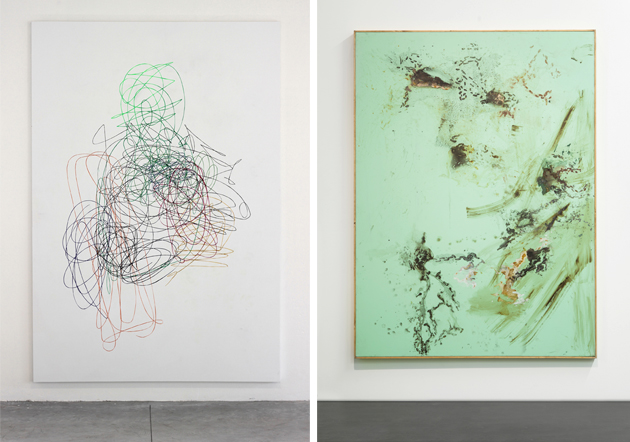
You were born in a small town of the lower Saxony, in Germany, then you moved to Zoldo Alto, an even smaller area in the province of Belluno, but you also used to live in Milan and Leipzig. Which is your ideal dimension between city and Mountain? Where do you feel at home?
I spent my childhood in Soltau (lower Saxony), traveling occasionally to Italy for short periods. But I currently spend most of my time in Zoldo Alto, a place with which I have a strong bond. It is the only place where I feel at home and where I always want to go back. Due to my personal need to stay in touch with the unspoilt nature, it is the perfect place to work and spend my leisure time. Everything starts from here. I cannot stand life in a metropolis for a long time. This is way Milan and Leipzig were two very important, but temporary stages of my life.
Do you feel more German or Italian?
Actually I am 100% Italian and my family too. But I grew up and shaped myself in Germany, too, and I still spend time there. Let’s say that I feel like a sort of crossbred between these two cultures.

We’ve known each other for so long and I’ve seen a deep evolution in your work during the years. Do you agree with me? What have the main landmarks of your personal path been up to now?
Yes, that’s true, and you, among a few other people, have followed my career since the beginning. All the most important stages and events are the ones, which call the work into question and shake it in a strong way. This happened in different contexts such as during the artist residency programs or the set-up of a show; talking to other artists and art players, but also discussing with people, who had nothing to do with art. Yes, I identify some changes year by year. Sometimes they were very significant; after all it would be frustrating and alarming not to see any changes looking back and reflecting on your own work.
Your painting is an action, gestural and instinctive process, where the final painting seems to be above all the synthesis of a creative urgency. What are the most recurring feelings when you are working? What’s the reason behind a new piece?
At a visual level, my painting is gestural and instinctive, but not exactly of action. It could be the result of an action, but it is made of outcomes and performative needs raised in the studio. There isn’t any ritual, or better situations, right tools or devices, better colours, or moods. It isn’t arbitrary, actually it is totally conscious, but sometimes it comes along autonomously. The artist is a conductor; he isn’t the protagonist, rather the co-star of what happens in the studio. He is the one who takes care of logistical and practical decisions, stops, revolutions or destructions. I think that my work follows its own internal logics, sometimes independent from my feelings and moods.
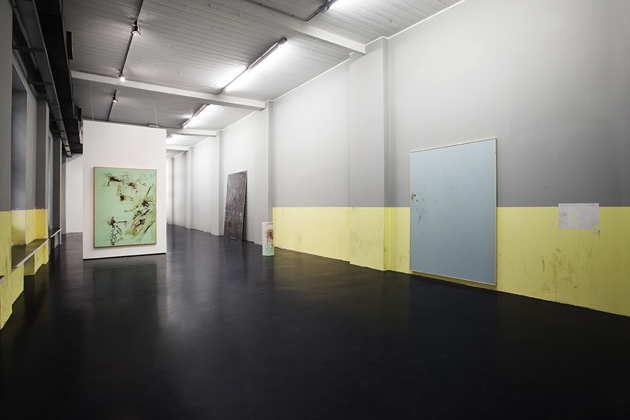
What do you usually do when you don’t paint? Which are the things you like more?
Granted that painting is a recreational activity for me, there are a lot of things that I like to do, especially physical practices, which help me to counter certain stillness. I love going through the Dolomites, climbing the mountain peaks that surrounded my home.
Your works are currently exhibited at Otto Zoo Gallery in a show with an emblematic title “Catalizzatore” (Catalyst). Where does this tile originate from? Do you feel a catalyzer?
The title takes inspiration just from the chemical catalysis. I chose it exactly when I was using two-phase resins to reproduce foot traces in studio. I use it to describe my interventions, such as the act of pouring milk on cocoa powder, which are minimal, but essential in determining the final result. I am a component of this process, not the chief player. And this is also my attitude regarding art, a modest position far from self-glorifications or technical ostentation.
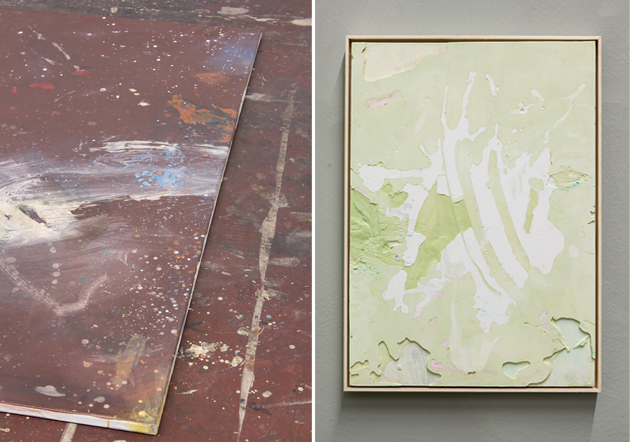
What will you do next?
I think the latest solo show has opened way for new issues, which deserve to be examined in depth. Above all, I’d like to go on with the gypsum works, making them bigger. Moreover, I’m taking part in some collective and collaborative projects in Italy and abroad. Let’s wait and see.
Tiziano Martini’s exhibition “Catalyst” at Otto Zoo runs until 30th March 2014.
Monica Lombardi – Images courtesy of Tiziano Martini & Andrea Rossetti